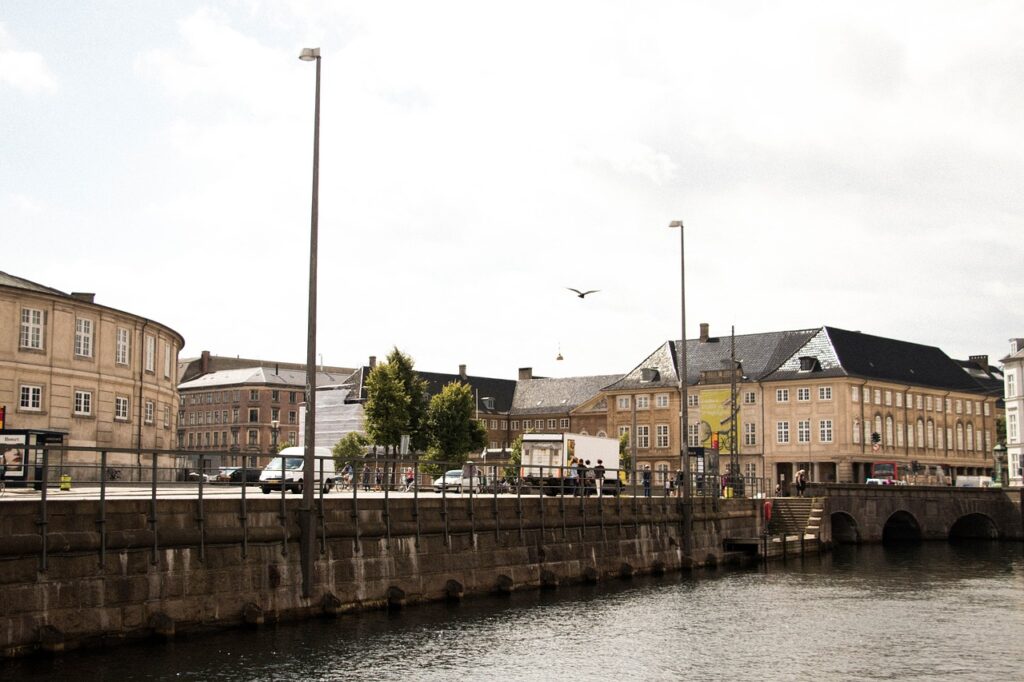Which Is the Best Place for Digital Nomads in Europe for 2024?
Being a digital nomad refers to a lifestyle where individuals leverage digital technology to work remotely and live a location-independent lifestyle. Digital nomads use the internet to perform their job tasks, communicate with clients or colleagues, and maintain their professional responsibilities. However, digital nomads often look for destinations that meet specific criteria to be attractive for their lifestyle. In a recent study, technology supplier Brother UK conducted an analysis of factors such as Wi-Fi speed, apartment costs, electricity expenses, country safety, quality of life, health index, and overall cost of living to identify the best place for digital nomads in Europe. Additionally, the study aimed to pinpoint the worst, happiest, and most budget-friendly locations in Europe for remote work. By weighing these individual indicators, the study arrived at a comprehensive score for each city. The Best Place for Digital Nomads in Europe Nestled amidst Belgium, France, and Germany, the capital city of Luxembourg has earned the title of the best city in Europe for remote work. In evaluating key factors crucial for remote workers, Luxembourg City secured a remarkable score of 68/100 – the highest among all cities surveyed. Its remote working suitability score is 6% higher than the runner-up, Olomouc. The city also excels in various other metrics, boasting an impressive Quality of Life score at 192.9, a Health Care Index score of 75, and a Happiness Index score of 7.23. This positions Luxembourg City as the best place for digital nomads in Europe. The Best Place for Digital Nomads in Europe: How Do Nordic Countries Fare? As evident, the absolute best place for digital nomads in Europe is not found in Scandinavia. However, as will become clear below, the Nordic countries undeniably offer very favorable conditions for those who decide to live there as digital nomads. Denmark: In the European Remote Worker Index, Denmark features prominently, securing the fourth position with a score of 63.84. Aalborg, a city in Denmark celebrated as a vibrant cultural hotspot, emerges as a notable location. A one-way ticket for local transport is only $3.75, while a meal and a beer together amount to $23.04. The average cost for electricity, heating, and water stands at $219.34. Aalborg excels in various metrics, boasting a Quality of Life Index score of 194.7, a Health Care Index score of 79.2, and a Happiness Index score of 7.59. Moreover, it clinches the seventh spot among the top ten best European cities for remote workers. Aarhus, another Danish city, also makes it to the top ten, securing the 7th position. Denmark, as a whole, claims the second position among the happiest European countries for remote working. Brother’s study includes a weighted rank of countries based on happiness, considering three metrics: Quality of Life (40%), Happiness Index (40%), and Safety Index (20%). Iceland: Reykjavik, the capital of Iceland, emerges as a sought-after destination for remote workers, securing the fifth position in the European Remote Worker Index with an overall score of 63.72. For those relying on local transport, a single journey costs only $3.68, while a meal and a beer come to a total of $18.64 and $2.88, respectively. The city impressively scores 187.5 in the Quality of Life Index, 75.1 in the Safety Index, and 7.53 in the Happiness Index. However, despite its high rankings in these aspects, Reykjavik presents a significant expense for accommodation, with a one-bedroom apartment outside the city center averaging $1,314.90 per month. Furthermore, Iceland secures the fourth position in the Happiest European Countries for Remote Working Index, boasting a score of 89.1 out of 100. It achieves notable scores across various indices, including 187.5 in the Quality of Life Index, 75.1 in the Safety Index, and 7.53 in the Happiness Index. Finland: Finland consistently achieves top positions in global happiness and quality of life indices. Amidst the complexity of the multifaceted concept of happiness, Finland stands out as a leader in the Happiest European Countries for Remote Working Index, scoring an impressive 93.4 out of 100. The country’s outstanding performance is evident across a range of metrics, with a score of 190.5 in the Quality of Life Index, 73.2 in the Safety Index, and 7.8 in the Happiness Index, making it an outstanding choice for those seeking a conducive environment for remote work. Norway: Due to its high quality of life and safe living conditions, Norway ranked 8th in the Happiest European Countries for Remote Working Index. The score it achieved in the ranking was 78.5 out of 100. Although no Norwegian city was included among the top 10 best European cities for remote workers, Norway is undoubtedly among the best places for digital nomads in Europe. Sweden: Similar to Norway, Sweden is among the top 10 in the Happiest European Countries for Remote Working Index. Based on the ranking, it may not be the best place for digital nomads in Europe, but it is certainly one of the finest. Best Place for Digital Nomads in Europe for 2024: Final Thoughts In wrapping up our exploration of the Best Place for Digital Nomads in Europe for 2024, it’s clear that the Nordic countries are doing great. While they may not always claim the top spots individually, nations like Norway, Sweden, Denmark, Finland, and Iceland consistently emerge as top contenders. Their exceptional quality of life, emphasis on safety, well-developed infrastructure, and commitment to work-life balance collectively make them highly appealing to digital nomads seeking an enriching environment to pursue their careers while embracing new adventures. Although each country offers its own unique advantages and challenges, the Nordic region as a whole embodies the essence of premier destinations for digital nomads in Europe in 2024.
Which Is the Best Place for Digital Nomads in Europe for 2024? Read More »









